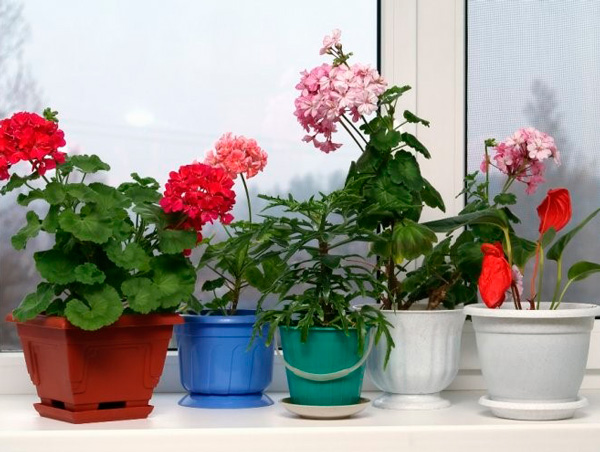Rome, wife and Finnish nature: what inspired the authors of musical masterpieces about flowers?
 Any of us will name a couple of musical works, in the name of which certain flowers appear. What inspired the authors of these masterpieces and are all these compositions dedicated to the picturesque beauty of flowers?
Any of us will name a couple of musical works, in the name of which certain flowers appear. What inspired the authors of these masterpieces and are all these compositions dedicated to the picturesque beauty of flowers?
Nature and music are inseparable manifestations of the beautiful
From bell to aquilegia
One of the most amazing classical works is the cycle of piano pieces by the composer Jan Sibelius “Flowers”. It is known that the Finnish musician admired nature. Interestingly, the floral works of Sibelius are not without mysticism: for the composer, it mattered that some of the flowers that inspired him were considered sacred in his homeland – in Finland.
What kind of flowers did not serve the musical art
The floral theme also sounds distinctly in the work of Sergei Rachmaninov. Among them are the songs “River Liley” and “Wilted Flower”, romances “Lilac” and “Daisies”. One of the composer’s favorite colors was the white lilac. Rachmaninov’s reverent love for this flower was embodied in the romance “Lilac”, which the musician wrote in the year of his marriage.
Lilac has become a symbol of Rachmaninov’s creativity
Lilac has become a symbol of Rachmaninov’s creativity
Another author of floral musical compositions is Claude Debussy. He wrote music for the romance “Wildflowers” to the words of P. Bourget, as well as to his own words for the romance “On Flowers”. The latter, like other romances with the musician’s own lyrics, was written under the influence of the impression of a trip to Rome.
Even wildflowers can inspire a masterpiece
And not about flowers at all!
However, some musical works that cause us to have strong associations with flowers have not so much in common with the floral theme. So what is this composition?
The famous “Waltz of the Flowers” by Tchaikovsky, accompanying the divertissement of the second act of the ballet “The Nutcracker”, was initially not directly related to the floral theme and was called the “Golden Waltz”. We forget that in the divertissement, which includes a famous number, not only flower characters take part, but also sweet characters who gather in patterns during a waltz. It turns out that the motif of flowers in the famous dance is not the only one, and the original name of the composition only emphasizes this. The dancers themselves, who once performed floral roles, wore gold costumes (hence the name), which in no way hinted at the variety of types of portrayed characters.
Initially, the famous waltz was not “floral”, but “golden”
Nevertheless, Tchaikovsky was a famous lover of flowers. Summer nature inspired the composer not only to compose music, but also to write poems. In his poem “Lilies of the valley” even the romance “Lily of the Valley” was written, the author of which is the famous composer of the end of the century before last, Anton Arensky.
Lilies of the valley inspired Tchaikovsky to a poetic work
The musical basis for the opera Iris is actually not about a grassy plant with bright colors. This is a kind of tribute to Japanese culture, which was inspired by its author Pietro Mascagni: it is in such style that the performance is delivered. Perhaps the name of the main character, which coincides with the name of the flower, is also related to oriental exoticism. Indeed, traditionally in Japan, many female names are consonant with the names of natural phenomena and colors. Among these names is Ayame, which is translated into Russian as “iris”.
“Iris” – opera is not about flowers
The song “Lotus” by Robert Schumann is not as romantic as it may seem to an inexperienced Russian-speaking listener, and also does not sing the color of the blooming flora. The composer wrote the music for this song to the words of a poem of the same name by the German poet Heinrich Heine. The text of the song ironically narrates a frivolous relationship between the sexes, where a proud lover mockingly compares to a lotus.
Who knows how many still not sounded melodies about flowers are waiting for their “finest hour”. Perhaps among the muses of future classics there will also be new types of flowers bred by breeders.




